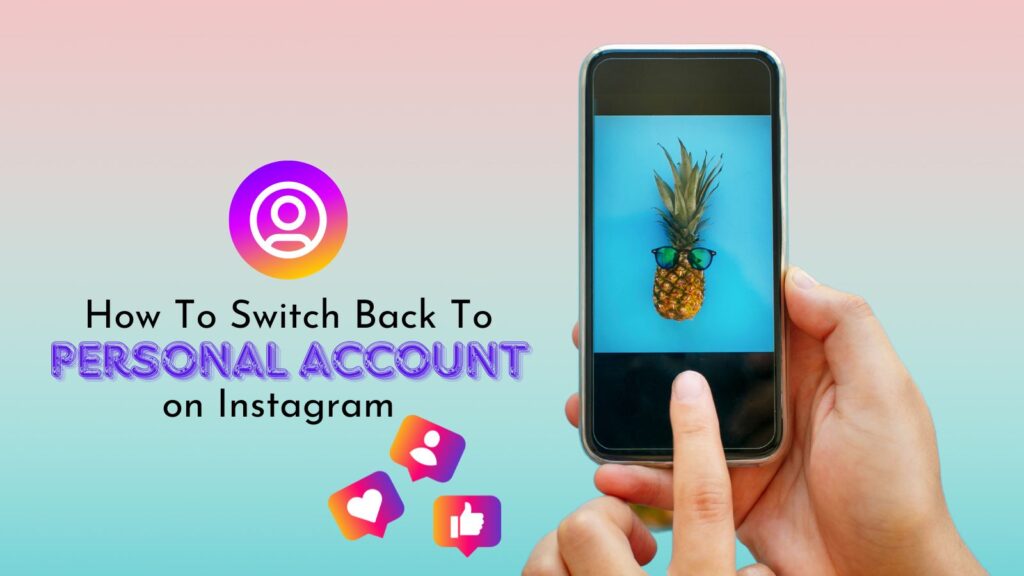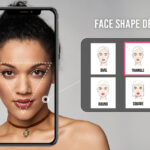Switching back to a personal account on platforms like Instagram, Facebook, or other social media services is a common task for users who find that the professional or business account features no longer serve their needs. Whether you’re moving away from professional tools, seeking greater privacy, or simplifying your online presence, reverting to a personal account can offer flexibility and ease of use.
This guide will walk you through step-by-step instructions for switching back to a personal account on major platforms. Additionally, we’ll provide insights into the features and limitations of personal accounts versus professional accounts, along with a detailed comparison table.
Why Switch Back to a Personal Account?
There are several reasons you might choose to revert to a personal account:
- Enhanced Privacy: Personal accounts often have fewer data-sharing requirements and privacy concerns compared to professional accounts.
- Simplified Interface: Without analytics, ad management, or promotional features, personal accounts are easier to navigate.
- Reduced Notifications: Personal accounts usually generate fewer notifications, making them less overwhelming.
- No Need for Business Tools: If you no longer require insights, contact buttons, or shopping features, a personal account may suffice.
- Algorithmic Differences: Some users believe personal accounts experience different content reach dynamics, favoring organic visibility.
Steps to Switch Back to a Personal Account
1. Instagram
Switching your Instagram account back to personal is a straightforward process:
- Open the Instagram app and log into your account.
- Navigate to your profile by tapping your profile picture in the bottom-right corner.
- Tap the three horizontal lines (hamburger menu) in the top-right corner.
- Select Settings and privacy.
- Scroll to the “Account type and tools” section and choose Account type.
- Tap Switch to Personal Account and confirm your choice.
What Happens After the Switch?
- Insights and analytics will no longer be accessible.
- Existing promotions or ads will be paused or canceled.
- Features like the “Contact” button will be removed.
2. Facebook
On Facebook, transitioning from a professional/business page to a personal account involves:
- Log in to Facebook and go to the page you manage.
- Click on Settings from the left-hand menu.
- Navigate to Page Roles and transfer any administrative duties if needed.
- Go to Page Settings > Templates and Tabs.
- Look for the option to switch account type and select Personal Account.
- Confirm the changes and ensure compliance with Facebook’s guidelines.
3. TikTok
For TikTok, moving back to a personal account removes business-related features. Follow these steps:
- Open TikTok and go to your profile.
- Tap the three dots in the top-right corner to access settings.
- Select Manage Account.
- Choose Switch to Personal Account and confirm.
Features Comparison: Personal vs. Professional Accounts
| Feature | Personal Account | Professional/Business Account |
|---|---|---|
| Analytics & Insights | Not Available | Detailed analytics provided |
| Advertising Tools | Not Available | Access to promotions, ads, and campaigns |
| Privacy Options | More Privacy Settings | Public by default; limited privacy options |
| Contact Buttons | Not Available | Email, Call, and Location buttons enabled |
| Shopping Features | Not Supported | Full e-commerce integration possible |
| Algorithm Prioritization | Organic reach | May favor paid promotions |
| Direct Messaging (DMs) | Unlimited with restrictions | Enhanced tools for customer communication |
Benefits of Personal Accounts
- Greater Flexibility: You can engage with content without algorithmic pressure or promotional strategies.
- No Advertising Costs: Save money by avoiding ad campaigns.
- Simplified Usage: No need to manage complex business tools or insights.
- Improved Personal Interactions: Focus on genuine connections rather than business strategies.
Limitations of Personal Accounts
- No Access to Analytics: Losing insights can make it challenging to track audience engagement.
- Limited Features: Business-oriented tools like shopping and promotions are unavailable.
- Lower Professional Appeal: Brands and influencers may find it harder to establish credibility without professional features.
How to Decide Whether to Switch Back
Consider the following factors before making the switch:
- Your Goals: If you’re a casual user or no longer need professional features, a personal account is ideal.
- Privacy Concerns: Switching back increases control over who sees your content.
- Engagement Needs: Professional accounts suit businesses and influencers seeking growth through analytics and ads.
FAQs
1. Can I switch back to a professional account after going personal?
Yes, all platforms allow you to toggle between account types as needed. However, you may lose historical data like insights and analytics from the previous account type.
2. Will switching to a personal account affect my followers?
No, your followers remain the same regardless of your account type. However, some features they see (like contact buttons) may disappear.
3. Are there any hidden costs for switching?
Switching account types is free on most platforms. However, pausing ads or promotions may result in incomplete campaigns.
4. Will my data be deleted when I switch?
Data like insights and promoted post metrics may no longer be accessible after switching. Always export essential data before making changes.
Conclusion
Switching back to a personal account can provide simplicity, privacy, and ease of use for those who no longer need the advanced tools of a professional account. While you lose access to features like analytics and ads, the trade-off can be worthwhile for users seeking a more relaxed online presence.
By following the steps outlined above for platforms like Instagram, Facebook, and TikTok, you can make the switch seamlessly. Use the comparison table provided to weigh the pros and cons, and ensure your choice aligns with your personal or professional goals.
If you’re ready for a fresh start, reverting to a personal account might be the best step for a more personal and enjoyable social media experience.


